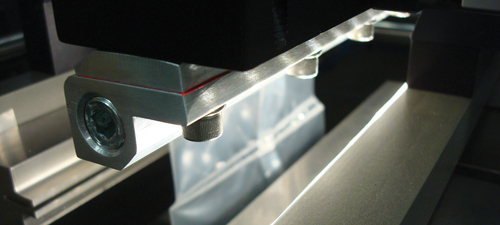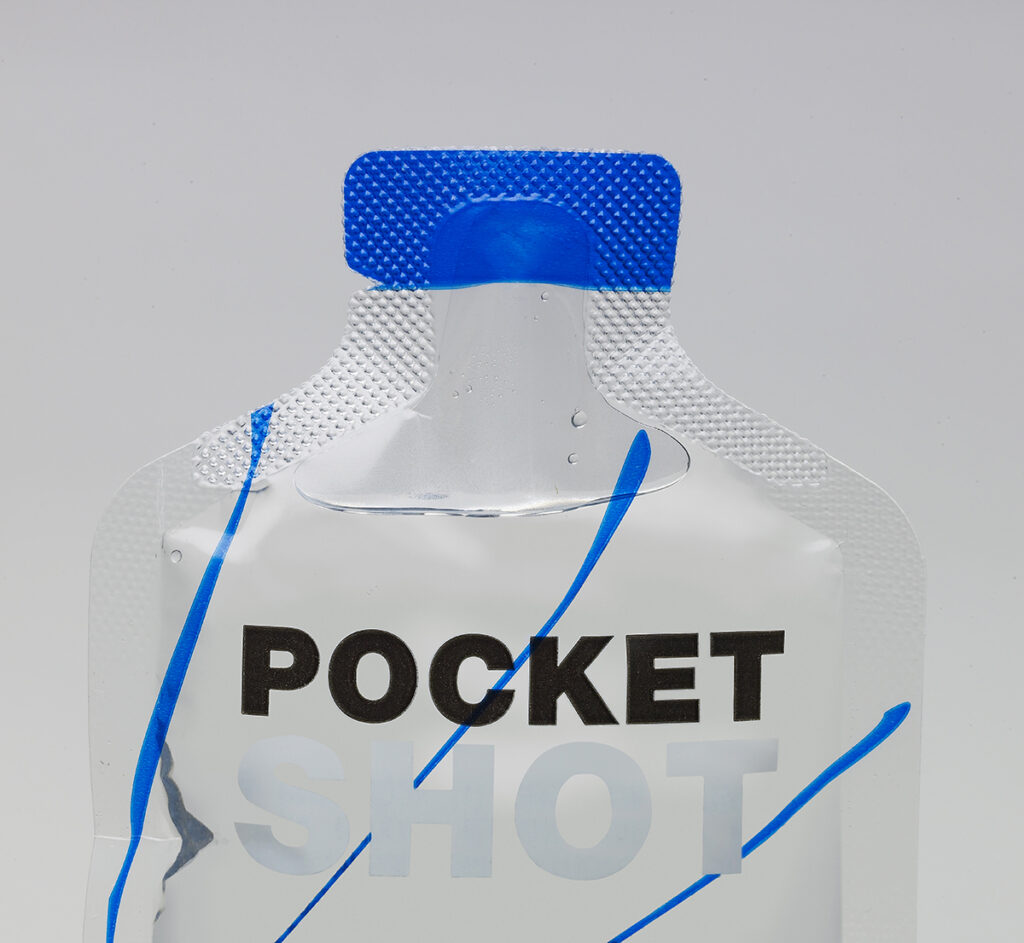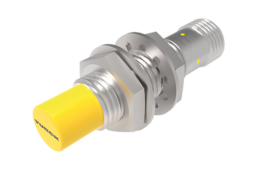Leading global companies have set ambitious sustainability goals to reduce waste by making plastic packaging more reusable, recyclable, or biodegradable. As they implement the design, material, technology, and process changes needed to deliver sustainable plastic packaging, their successes will raise the bar for everyone.

Branson ultrasonic components for Vertical Form Fill and Sealing (VFFS) systems by Emerson can seal directly through package contents, eliminating contaminants, reducing waste and weld failures for a wide variety of product packages.
Bill Reed, Business Development Manager, Packaging, Emerson Automation
Today’s headlines are filled with the news of the latest ban, regulation, or law aimed at controlling or eliminating plastic waste. The challenge is huge: Plastic packages protect and deliver an array of products. The variations of plastic packaging are almost endless. Virtually all of these package designs, and the materials and processes used to make them, must evolve and become more sustainable.
But how will packaging meet sustainability goals such as improving reusability, reducing overall material content, improving compostability, expanding recycling, incorporating the use of greater post-consumer recycled material content, and reducing carbon footprint?
What happens when traditional packaging methods, specifically the sealing/fastening of plastic packaging, converge with the challenges associated with sustainability? And, what will be the implications for designers and builders of the next generation of packaging and packaging equipment?
We don’t know all of the answers, though a few answers are certain:
• Major consumer goods companies won’t compromise on the traditional mission of their consumer packaging. Next-generation packaging will have to perform, combining all of the safety, attractiveness, and convenience of current generation packages. And now, they’ll have to be reusable, recyclable, biodegradable, or otherwise sustainable, too.
• Plastic packaging materials will be changing. We already see tremendous demand for material and sealing solutions involving biodegradable polymers, especially in single-use packages. The percentage of post-consumer material used in new packages will continue to grow, as will the pressure to use less, lighter, or thinner materials.
• Package sealing technology will have to evolve, not only to provide the greater degree of control needed to repeatably seal new materials, such as biopolymers, but the data collection and analysis capabilities to meet increasing demand for product quality assurance, traceability, regulatory, or usage data.
• Consumer-packaged goods manufacturers who are serious about sustainability are also concerned about reducing the carbon footprint of their operations. So, they will be looking for package manufacturing and sealing technology that reduces material and energy consumption.

The Bosch VIS flavor protection valve allows degassing of aromatic coffee packages while preventing the influx of damaging oxygen. Ultrasonic welding bonds this vital component to film that is formed into a packaging using Vertical Form Fill and Sealing (VFFS) technology.
As an alternative to traditional ‘heated tool’ sealing, ultrasonic welding offers numerous sustainability advantages:
1. Compatibility with new bio-based materials. Central to any sustainability program is the commitment to develop and expand the use of biodegradable, single-use packages that rely on bio-based materials like polylactic acid (PLA). But adapting packaging designs and traditional thermal sealing equipment to bond these materials with commercial-grade quality and reliability poses challenges, since biopolymers contain significantly less polymer content.
Compared to the simple time, temperature, and force settings of a heated tooling sealer, the precise, programmable controls of ultrasonic welding technology provide the user far more capability to manage the narrower processing ‘windows’ of bio-based resins (see Figure 1). Ultrasonic sealing methods include weld-by-energy; peak power; and weld-by-time. Programmable amplitude provides fine-tune control of the heating potential from the resonating tooling.
 Because the process is digitally controlled, ultrasonic welding also offers a range of quality assurance, validation, and product traceability data for every weld. Weld cycle data validates energy set point achieved, time required to reach the set point, and total power expended. Users may set high/low limits on selected parameters, triggering alarms that flag weld cycles and parts that fall outside of process limits. These alarm signals are latchable, enabling automated bad-part processing and automatic data logging.
Because the process is digitally controlled, ultrasonic welding also offers a range of quality assurance, validation, and product traceability data for every weld. Weld cycle data validates energy set point achieved, time required to reach the set point, and total power expended. Users may set high/low limits on selected parameters, triggering alarms that flag weld cycles and parts that fall outside of process limits. These alarm signals are latchable, enabling automated bad-part processing and automatic data logging.
2. Eliminates seal failures due to contamination. Certain products can leave residue on the sealing surfaces that can become encapsulated within conventional, heated tooling seal surfaces, resulting in contamination, leaks, or failures. These include many food and beverage products, leafy produce and powders, as well as feeds, viscous liquids, and oils and greases.

Pocket Shot, a 50-ml plastic pouch containing various spirits, is made of three-layer film with ultrasonically welded seals, providing a durable alternative to plastic bottles for people on-the-go.
The high-frequency vibratory motion (typically 20 or 30 kHz) of ultrasonic welding not only heats the sealing surfaces, but first vibrates potential contaminants out of the seal area. For example, with heated tooling seals particles of the product can get caught within the seal surfaces, potentially compromising the seal. With ultrasonics, the vibratory action cuts through any large pieces of a product (e.g., produce leaves) and also disperses smaller fragments and moisture out of the area of the seal. The result is less waste through rejects, improved seal quality, repeatability, and reliability.
3. Reduces packaging material consumption. A snack food packager producing small snack bags (6-inch size) consumes about 1.0 inches of total package length to produce two conventional heat seals (0.500 inch each on top and bottom) per bag. Two comparable ultrasonic welds require just 0.25 inches of total package length (0.125 in. each on top and bottom) resulting in a savings of 0.75 inches (0.375 in. x 2) in material for a bag with the same net product volume.

4. Eliminates adhesives and consumables. Ultrasonic welding requires no adhesives or consumables to produce high-quality, consistent package seals. There is no contamination within the seal surface. The plastic-to-plastic bond it creates not only simplifies package design, but also material recycling and/or compostability.
5. Reduces energy consumption and cost. Because conduction heat-sealing systems must be continually powered and maintained at a specific operating temperature, they consume relatively high amounts of energy compared to ultrasonic welding systems of identical production capacity. Compare the energy requirements needed to produce 100 welds/min over two eight-hour shifts per day: A typical conduction sealing process would require four, 500-watt cartridge heaters (2,000 watts/hour or 32,000 watts/day) to continuously maintain seal-tooling temperatures. An ultrasonic welder of the same capacity would be equipped with a power supply rated at 1,500 watts, but would consume power only in short bursts (e.g., ~200 ms/weld) totaling about 20 seconds/min of power consumption.

Meeting the ambitious sustainability goals announced by leading global companies to reduce waste by making plastic packaging more reusable, recyclable, or biodegradable is going to take an industry-wide, worldwide effort. And, as these leaders begin to implement the design, material, and technology and process changes needed to deliver truly sustainable plastic packaging, their successes will raise the bar for everyone.
Emerson Automation
www.emerson.com/en-us
Filed Under: Fastener factory automation, AUTOMATION





Tell Us What You Think!